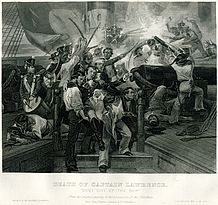Singular Agendas of Publishers, Historians, and Artists
In the decades following the Civil War, the new visual sensibility introduced by the pictorial mode had important consequences for the genre of illustrated history. A belief in the power of visual images to protect against the usurping authority of the written word suggested an important shift in the balance of power within the genre of pictorial history as visual culture began to compete on more equal terms with its sister art, literature. On the one hand, these alterations made the production of pictorial histories more contentious as historians and illustrators of historical texts vied for authority with publishers for control of the printed page. On the other hand, they required a much greater degree of communication among publishers, historians and artists than existed at the time of the publication of Frost’s Pictorial History of the United States, and they revealed how meaningful (if sometimes charged) conversations among these constituencies could result in the production of remarkable history gift-books for establishing a functional historical literacy among American readers.
Perhaps the most important of these gift-books was Jesse Spencer’s History of the United States, an illustrated history published in three deluxe volumes in 1858 with a fourth added in 1866. While at work on this history, publisher Henry Johnson, historian Jesse Ames Spencer, and illustrator Alonzo Chappel, each pursued individual agendas that conveniently overlapped in revealing ways to produce illustrated volumes of high appeal.
Click on the relevant ovals in the Venn diagram, at the upper-right of your screen, to reveal the individual agendas of each of these collaborators.


